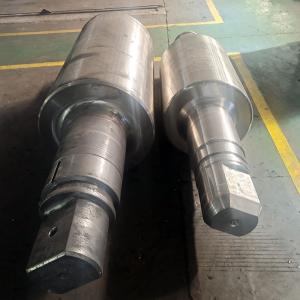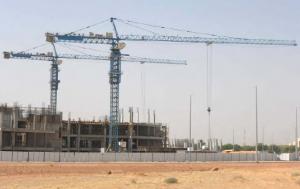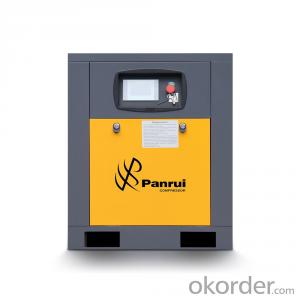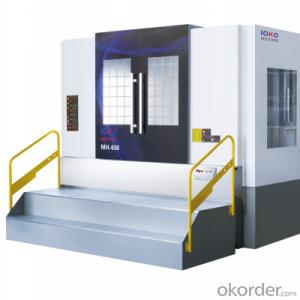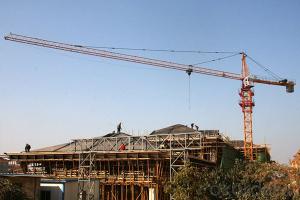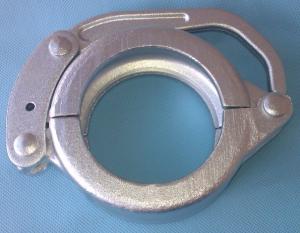Concrete Pump 2bolt Clamp Coupling DN125 Forged
- Loading Port:
- China main port
- Payment Terms:
- TT OR LC
- Min Order Qty:
- 50 PCS
- Supply Capability:
- 10000 PCS/month
OKorder Service Pledge
OKorder Financial Service
You Might Also Like
Product Description:
A coupling is a device used to connect two delivery pieps together at their ends for the purpose of transmitting, and prevent the concrete from leaking. Couplings do not normally allow disconnection of shafts during operation.
Main Product Features:
1. Use high quality steel. After high-temperature 1200 forging,it’s shaped.
2.High temperature forging.
3.convenient to use, easy operation,and high safety.
4.good sealing,wear-resising,longer service life.
5.do not restrict the steering tubes, pipes during the working process can be 360 degrees rotation.
6.used in concrete pump truck,concrete pump and pipeline connection seal in construction
work equipment.
Product Specifications:
1.Forged
2.2--8 inch
3.Galvanizing/Baking varnish
4.More durable,light,beautiful
Production steps:
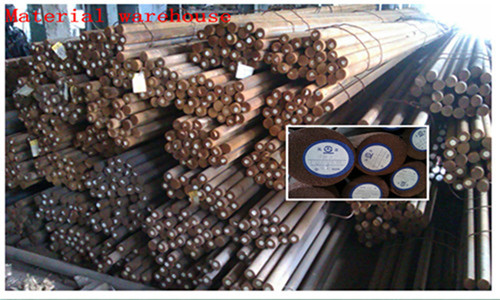

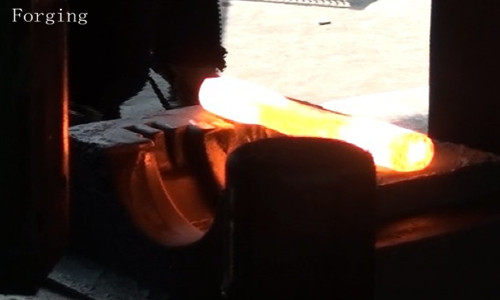
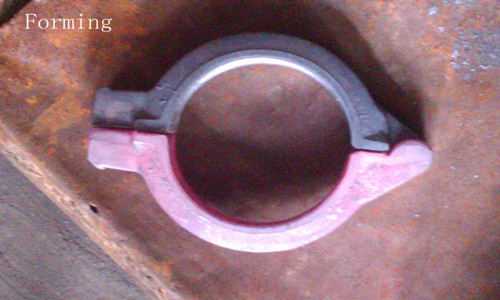

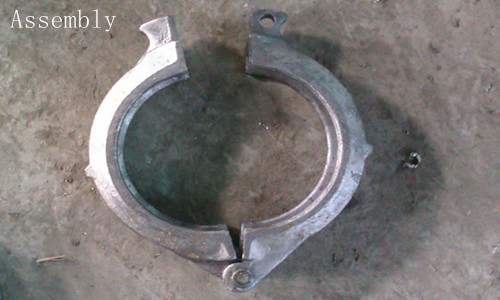
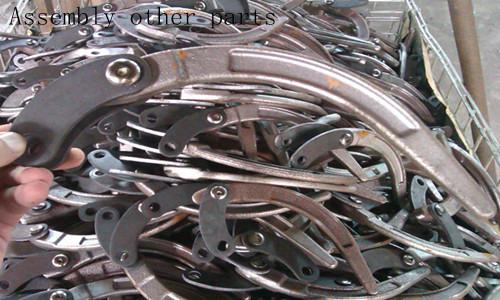
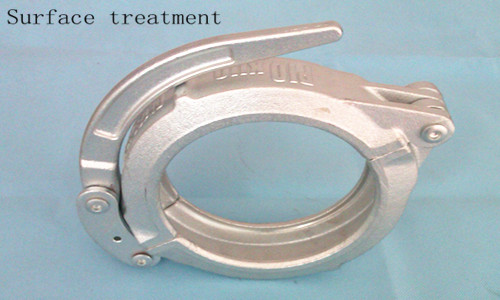
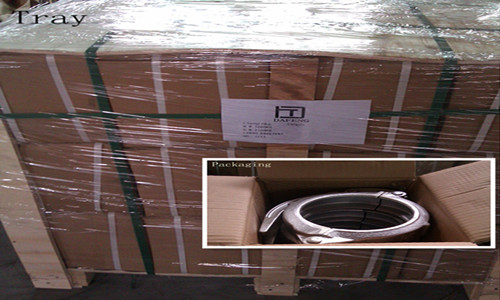
Concrete pump clamp Catalogue
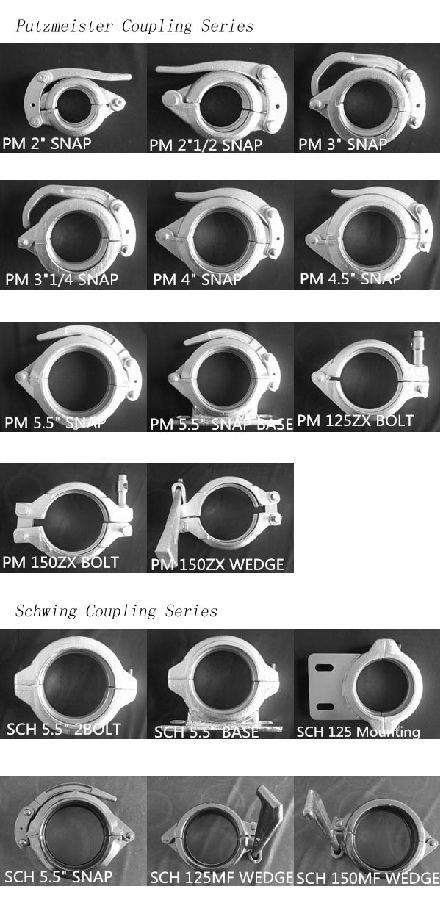
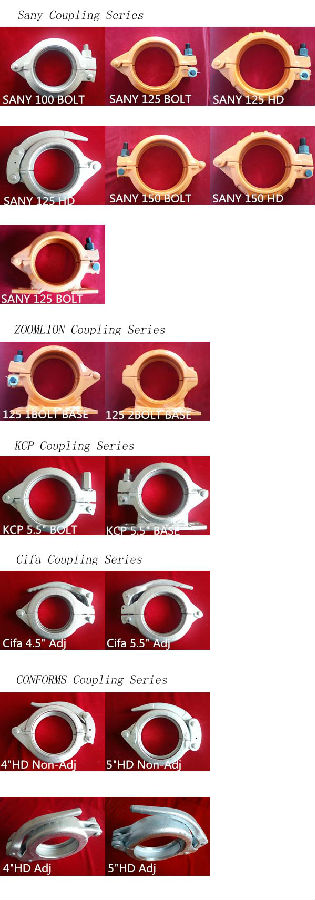
FAQ
1.How do you regarding your product quality?
As our principle is more safety to save more. In China, there are lots of manufactures of this line, but we are the first one that use the forging technic in producing, firmly meet the PM standard.
2.Can I get some samples?
Of course you can. Small sample for free, but you pay the express. For some products are not small, like concrete pump pipe, it’s very difficult to deliver one pipe of 3000mm. If it’s possible, we’d like that you can come here to visit our factory. Welcome!
3. I want to make our logo on the products, is that ok?
Yes, it’s totally ok. OME is available from us.What you should do is send your logo, brand name, or picture to us. And let other things leave on us.
- Q:How do I determine the correct temperature ratings for concrete pump spare parts?
- Determining the appropriate temperature ratings for spare parts of your concrete pump requires careful consideration of the specific requirements and specifications of your pump system. To assist you in this process, the following steps can be taken: 1. Review the manufacturer's documentation: Begin by examining the technical specifications provided by the manufacturer of your concrete pump system. The manufacturer should furnish temperature ratings for various components and spare parts. Look for information regarding temperature limits, recommended operating temperature ranges, as well as any specific guidelines or restrictions pertaining to temperature. 2. Identify crucial components: Identify the key components of your concrete pump system that may be impacted by temperature, such as hoses, seals, gaskets, valves, and electrical components. These components may possess different temperature ratings based on the materials used and their specific design. 3. Evaluate application conditions: Assess the operating conditions of your concrete pump system to determine the potential temperature extremes it may encounter. Factors such as ambient temperature, concrete mix temperature, and the presence of external heat sources (e.g., hot weather or neighboring equipment) can influence the temperature of the system and its spare parts. 4. Verify compatibility: Ensure that the spare parts you are considering are compatible with the specific temperature range of your concrete pump system. Some components may possess different ratings based on factors like chemical compatibility, thermal expansion, and resistance to heat transfer. 5. Seek professional advice: If you are uncertain about the temperature ratings or require further clarification, it is advisable to consult professionals or experts in the field of concrete pump systems. They can offer specific recommendations based on their knowledge and experience. By following these steps and considering the manufacturer's guidelines and expert advice, you can determine the appropriate temperature ratings for spare parts of your concrete pump, thus guaranteeing the safe and efficient operation of your system.
- Q:How can a faulty lubrication system affect the pump's performance?
- A faulty lubrication system can significantly affect the pump's performance in several ways. Firstly, a lubrication system is responsible for providing a thin film of lubricant between moving parts of the pump, reducing friction and wear. If the lubrication system is faulty or inadequate, it can result in increased friction between components, leading to excessive heat generation and accelerated wear and tear. This can ultimately reduce the efficiency and lifespan of the pump. Secondly, a faulty lubrication system can cause inadequate lubrication to critical components, such as bearings and seals. Insufficient lubrication can lead to increased friction, heat, and ultimately, premature failure of these components. This can result in increased downtime, costly repairs, and potential damage to other parts of the pump. Furthermore, a faulty lubrication system can also result in the contamination of the lubricant. Contaminants such as dirt, debris, or moisture can enter the system due to leaks or improper maintenance. These contaminants can cause abrasive damage to the pump's internal components, leading to reduced efficiency, increased wear, and potential failure. Lastly, a faulty lubrication system can also impact the pump's overall performance and energy consumption. Insufficient lubrication can increase the power requirements of the pump as it works harder to overcome friction and resistance. This can result in higher energy consumption and increased operating costs. In conclusion, a faulty lubrication system can severely impact the pump's performance by causing increased friction, accelerated wear and tear, premature failure of critical components, contamination of the lubricant, and increased energy consumption. Regular maintenance and proper lubrication are crucial to ensure the pump operates at its optimal level and to extend its lifespan.
- Q:Are there any specific tools or equipment required for the installation of concrete pump spare parts?
- Yes, there are specific tools and equipment required for the installation of concrete pump spare parts. Some of these tools include: 1. Wrenches and sockets: These are used to loosen and tighten bolts and nuts during the installation process. 2. Hydraulic jacks: Hydraulic jacks are necessary for lifting heavy parts of the concrete pump to provide easy access for installation. 3. Crane or hoist: In cases where the parts are extremely heavy, a crane or hoist may be required to lift and position them correctly. 4. Torque wrench: This tool is essential for tightening bolts to the correct torque specifications, ensuring a secure installation. 5. Grease gun: Lubrication is important for smooth operation of moving parts, so a grease gun is used to apply grease to specific components during installation. 6. Measuring tools: Measuring tapes or rulers are necessary to ensure accurate positioning and alignment of the spare parts. 7. Safety equipment: Safety goggles, gloves, and other protective gear should be worn during the installation process to prevent injuries. It is important to note that the specific tools and equipment required may vary depending on the type and complexity of the concrete pump and its spare parts. It is always recommended to consult the manufacturer's instructions or seek professional assistance to ensure proper installation.
- Q:Can concrete pump spare parts be imported from other countries?
- Concrete pump spare parts can indeed be brought in from other countries. Multiple manufacturers and suppliers of these spare parts have a worldwide reach and provide options for international shipping. By importing concrete pump spare parts from other countries, one can gain access to a broader selection of products, competitive prices, and superior components. Nevertheless, it is crucial to take into account factors including import regulations, customs duties, and shipping expenses when bringing in concrete pump spare parts from other countries.
- Q:How do concrete pump spare parts help in the pumping process?
- The smooth and efficient operation of a concrete pump relies heavily on spare parts. These parts are crucial for enhancing performance, extending the pump's lifespan, and ultimately saving costs. The use of concrete pump spare parts offers several advantages, one of which is improved pumping efficiency. These parts are meticulously manufactured to ensure the optimal flow of concrete through the pump. For example, the wear plate, wear ring, and S valve all play a crucial role in reducing friction and enhancing pumping performance. By minimizing friction and maintaining a consistent flow, these spare parts prevent blockages and allow for the smooth and efficient pumping of concrete. In addition, concrete pump spare parts are vital for minimizing downtime and reducing maintenance costs. Since the pump operates continuously, wear and tear are inevitable. However, replacing worn-out parts with high-quality spare parts on a regular basis can significantly prolong the pump's lifespan and decrease the need for frequent repairs. Investing in durable and reliable spare parts helps operators avoid unexpected breakdowns and costly repairs, ensuring uninterrupted and efficient pumping operations. Furthermore, concrete pump spare parts contribute to the safety of the pumping process. Components such as the safety valve, hopper grate, and control system all play critical roles in preventing accidents and ensuring the well-being of operators. These spare parts are designed to facilitate the safe and controlled pumping of concrete, reducing the risk of equipment failure and potential hazards. In conclusion, concrete pump spare parts are indispensable in the pumping process as they improve efficiency, minimize downtime and maintenance costs, and enhance safety. By investing in high-quality spare parts, operators can optimize the pump's performance, increase productivity, and achieve long-term cost savings.
- Q:What are the signs of a faulty concrete pump control box?
- Signs of a faulty concrete pump control box can vary depending on the specific issue. However, there are some common indicators to look out for: 1. Unresponsive controls: When the controls fail to function properly or become unresponsive, such as buttons not working or switches not engaging, it is a clear sign of a faulty control box. 2. Inaccurate readings: If the readings or measurements displayed on the control panel are inconsistent or incorrect, such as pressure readings or flow rates, it suggests a faulty control box. 3. Electrical problems: Faulty control boxes can cause electrical issues like flickering lights, sudden power surges or shortages, and blown fuses. These electrical problems can be dangerous and potentially cause further damage. 4. Strange noises: A faulty control box may produce unusual noises like buzzing, humming, or clicking sounds. These noises indicate loose connections, damaged components, or malfunctioning parts within the control box. 5. Pump malfunctions: The concrete pump itself can experience malfunctions due to a faulty control box. This can include inconsistent pumping, irregular flow, or sudden stops and starts, which can disrupt the concrete pouring process and lead to project delays. If you suspect a faulty concrete pump control box, it is crucial to address the issue promptly. It is recommended to seek assistance from a qualified technician or contact the manufacturer for help in diagnosing and repairing the control box.
- Q:Can I get spare parts for concrete pumps with different types of valve systems, such as S-valve or gate valve?
- Yes, it is possible to obtain spare parts for concrete pumps with different types of valve systems, including S-valve or gate valve. These spare parts are typically available through manufacturers, distributors, or specialized suppliers in the construction industry. It is important to identify the specific make and model of your concrete pump to ensure compatibility when purchasing spare parts.
- Q:What is the role of a concrete pump seal?
- The role of a concrete pump seal is to prevent leakage of concrete or other fluids from the pump system, ensuring that the pump operates efficiently and effectively.
- Q:Can a concrete pump pipe be repaired or should it be replaced?
- A concrete pump pipe can be repaired in some cases, but it ultimately depends on the extent of damage and the specific circumstances. Minor cracks or small sections of damage can often be repaired using specialized techniques such as welding or epoxy injections. However, if the damage is widespread, severe, or compromises the structural integrity of the pipe, it may be more cost-effective and safer to replace the entire pipe. It is important to assess the condition of the concrete pump pipe thoroughly before deciding whether to repair or replace it. Factors such as the age of the pipe, the overall condition of the pump, and the frequency of use should be taken into consideration. Consulting with a professional or an experienced concrete pump technician is advisable to determine the best course of action. In conclusion, while repairs can be made to a concrete pump pipe, the decision to repair or replace should be based on the extent of damage, cost-effectiveness, and safety considerations.
- Q:How long does it take to replace a specific concrete pump spare part?
- The time it takes to replace a specific concrete pump spare part can vary depending on factors such as the complexity of the part, availability of the replacement, and the experience of the technician. Generally, it can take anywhere from a few hours to a few days for the replacement process to be completed.
1. Manufacturer Overview |
|
|---|---|
| Location | |
| Year Established | |
| Annual Output Value | |
| Main Markets | |
| Company Certifications | |
2. Manufacturer Certificates |
|
|---|---|
| a) Certification Name | |
| Range | |
| Reference | |
| Validity Period | |
3. Manufacturer Capability |
|
|---|---|
| a)Trade Capacity | |
| Nearest Port | |
| Export Percentage | |
| No.of Employees in Trade Department | |
| Language Spoken: | |
| b)Factory Information | |
| Factory Size: | |
| No. of Production Lines | |
| Contract Manufacturing | |
| Product Price Range | |
Send your message to us
Concrete Pump 2bolt Clamp Coupling DN125 Forged
- Loading Port:
- China main port
- Payment Terms:
- TT OR LC
- Min Order Qty:
- 50 PCS
- Supply Capability:
- 10000 PCS/month
OKorder Service Pledge
OKorder Financial Service
Similar products
New products
Hot products
Related keywords

















